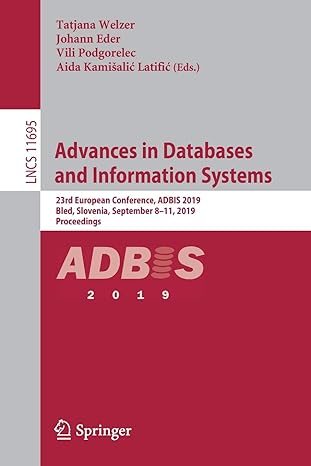Answered step by step
Verified Expert Solution
Question
1 Approved Answer
Recall that an AP is specified by two terms a and d . The first term is a , and the d is how much
Recall that an AP is specified by two terms a and The first term is a and the is how much you add to each term to get the next term. So the first terms of the above AP will be:
Suppose, for example, that and Then this function should return the string
Page of
Note some important things about the returned value: There are no newlines or spaces. Only commas separate the numbers. There is NO comma before the first number or after the last number. The format has to match exactly.
Your sixth miniquest Terms of a GP
Copy and adapt the function in the previous miniquest to turn it into a function that returns the terms of a geometric progression, rather than an arithmetic one. We're talking about changes to a couple of lines.
However, note that the parameter types are different. You should operate in double space to keep high precision not in integer space
Recall that a GP is specified by two terms a and The first term of the sequence is and the is by how much multiply each term to get the next term. So the first terms of the above AP will be:

Step by Step Solution
There are 3 Steps involved in it
Step: 1

Get Instant Access to Expert-Tailored Solutions
See step-by-step solutions with expert insights and AI powered tools for academic success
Step: 2

Step: 3

Ace Your Homework with AI
Get the answers you need in no time with our AI-driven, step-by-step assistance
Get Started


